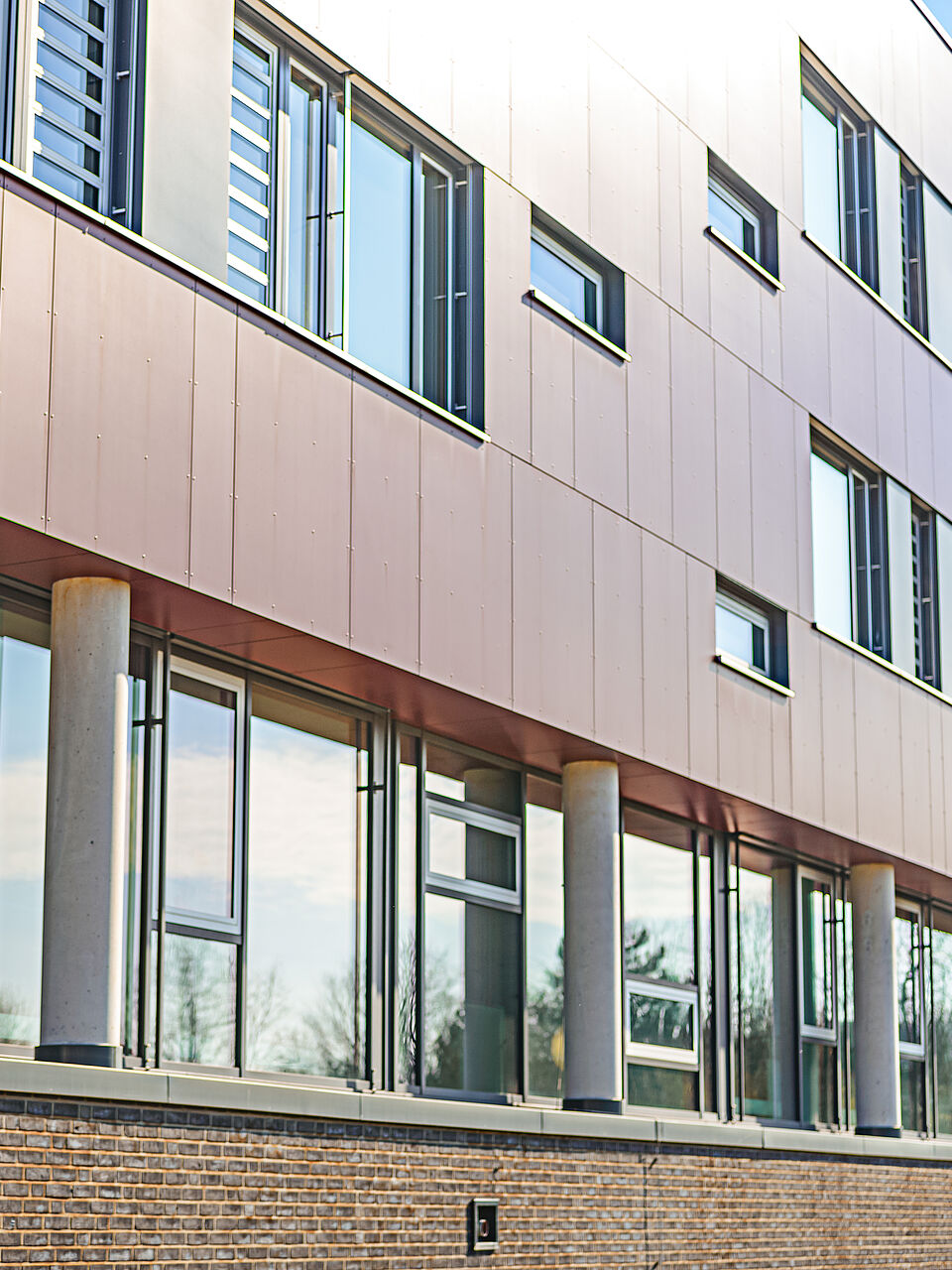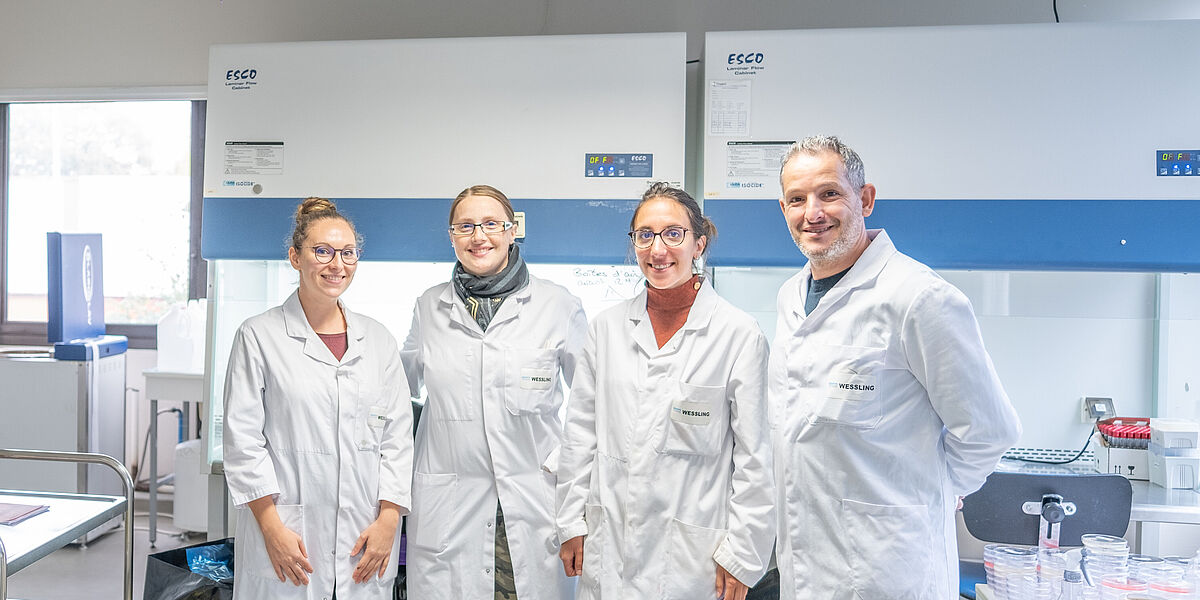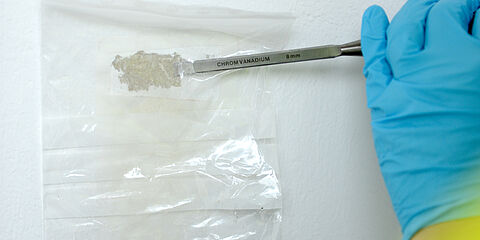
How to get BREEAM certification?
Created in 1990 by the Building Research Establishment (BRE) in the UK, BREEAM certification is now used in many countries around the world to encourage sustainable building projects.
What is BREEAM certification?

BREEAM certification assesses the environmental performance of a building by taking into account several criteria, such as energy use, water management, greenhouse gas emissions, indoor air quality, use of sustainable materials and waste management. Buildings can be certified at different levels, ranging from "Pass" to "Outstanding", depending on their environmental performance.
BREEAM certification is used for a wide variety of building types, including residential, commercial, industrial, educational and healthcare buildings.
How to get BREEAM certification?
To become BREEAM certified, you must first contact an accredited BREEAM assessor, who will guide you through the process. The BREEAM certification process generally consists of the following steps:
- Preliminary assessment: The assessor evaluates the requirements for certification and develops an action plan to meet those requirements.
- Design and construction: The assessor conducts site visits to ensure that the project meets the certification requirements.
- Certification: the assessor conducts a final site visit to verify that all requirements have been met, before granting certification.
What are the benefits of BREEAM certification?

By achieving BREEAM certification, developers, investors and building owners can demonstrate their commitment to sustainability and environmental protection, as well as meeting international environmental performance standards. In addition, certification can provide financial benefits, such as reduced operating costs and improved resale value of the building.
BREEAM certification offers many benefits to building owners, investors and tenants, including:
- Improved environmental impact of the building
- Reduced building operating costs through improved energy and water efficiency
- Improved quality of life for occupants through better indoor air quality and use of healthier materials
- Attractive to tenants and users who are looking for sustainable and environmentally friendly buildings
What analyses must be performed as part of BREEAM certification?
As part of a BREEAM certification, a series of analyses must be carried out to evaluate the environmental performance of the building concerned. These analyses are usually carried out by a consultant specialized in environmental certification, using a standardized methodology to ensure objectivity and consistency of the assessment. Here are some of the analyses commonly performed as part of a BREEAM certification:
- Energy analysis: this analysis evaluates the building's energy consumption and identifies potential sources of energy efficiency improvements. It may include a review of heating, ventilation and air conditioning systems, lighting systems, appliances and computer equipment, as well as energy consumption data over time.
- Water Analysis: This analysis assesses the building's water use and identifies potential sources of water efficiency improvements. It may include a review of plumbing systems, rainwater harvesting devices, wastewater management, and water consumption data over time.
- Materials Analysis: This analysis evaluates the use of materials in the construction and development of the building, with an emphasis on sustainability, reuse and recycling. It may include consideration of material sources, construction waste management, indoor air quality, and the life span of materials used.
- Emissions Analysis: This analysis assesses the building's greenhouse gas emissions and identifies potential sources of emissions reductions. It may include consideration of emissions from building operations, occupant travel, and energy use.
- Indoor Air Quality Analysis: This analysis assesses the building's indoor air quality and identifies potential sources of improvement. It may include a review of ventilation systems, outdoor and indoor air quality, construction and design chemicals, and indoor air quality monitoring.
- Green site management analysis: This analysis assesses the site's environmental impacts and identifies potential sources of improvement. It may include consideration of biodiversity, greenspace management, waste management, and climate change adaptation measures.

What indoor air quality (IAQ) parameters should be analyzed for BREEAM certification?
As part of a BREEAM certification, it is important to analyze several indoor air quality (IAQ) parameters to ensure that the building provides a healthy and comfortable environment for the occupants. Some of the indoor air parameters commonly analyzed as part of a BREEAM certification include:
- Air change rate: The air change rate is a measure of the amount of fresh air that is introduced into the building and the amount of stale air that is exhausted. It is important to ensure that the air change rate is sufficient to provide satisfactory air quality for the occupants.
- Chemical Pollutants: Chemical pollutants such as volatile organic compounds (VOCs), formaldehyde, and fine particulate matter can have negative effects on occupant health. IAQ testing can identify the presence and concentration of these pollutants.
- Humidity: Too much or too little humidity can have negative effects on occupant health and contribute to the growth of mold and other pathogens. IAQ testing can identify humidity levels and help take steps to regulate them.
- Bacteria and Viruses: Bacteria and viruses can spread through indoor air and cause respiratory infections. IAQ testing can help identify the presence and concentration of these pathogens.
- Temperature: Inadequate temperature can affect occupant comfort and health. IAQ testing can help identify areas where the temperature is too high or too low.
By analyzing these parameters, it is possible to ensure that the indoor air quality meets the BREEAM certification standards. Measures can be put in place to improve indoor air quality if necessary, such as installing more efficient ventilation systems, managing pollution sources or improving sound insulation to reduce external noise that can affect occupant comfort.
In conclusion, BREEAM certification is an important tool for assessing and improving the environmental performance of buildings. Achieving certification requires a thorough assessment of a building's environmental performance, as well as the implementation of measures to improve that performance.
You wish to obtain the BREEAM certification?

If you want to obtain BREEAM certification for your building, and you are looking for a reliable partner to perform the necessary analyses, do not hesitate to contact WESSLING France. We are a reference company in the field of environment, indoor air quality and water analysis, and we have the skills and technical expertise to support you in your BREEAM certification project.
For more information on our services, please contact our expert, or ask for a quote directly.
We'll be happy to answer any questions you may have and help you with your BREEAM certification project.
Your dedicated contact
- Sarah-Lou Redon
- +33 01 64 47 14 74
- sarah-lou.redon@wessling.fr





